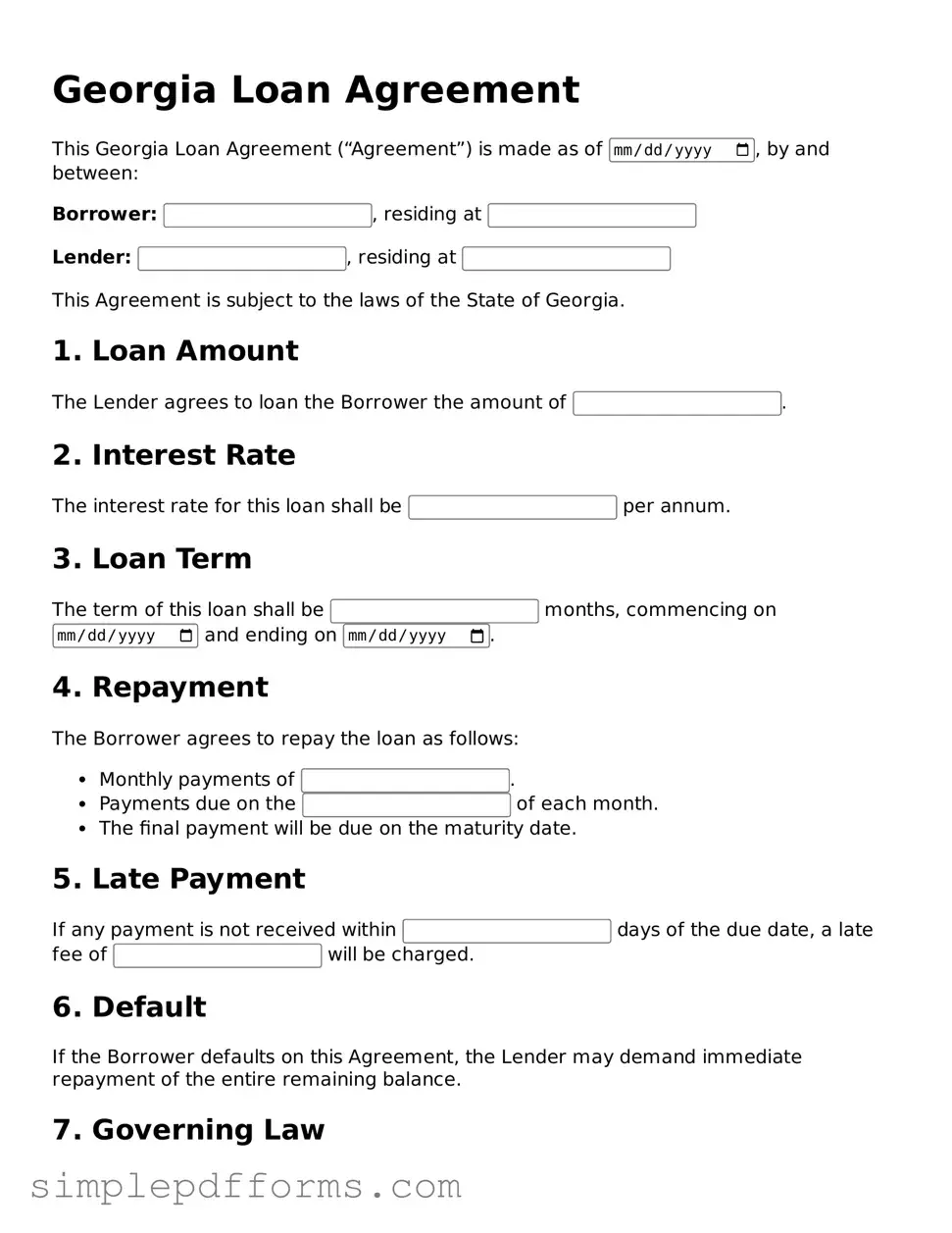Attorney-Verified Loan Agreement Document for Georgia State
The Georgia Loan Agreement form is a legal document that outlines the terms and conditions under which a lender provides funds to a borrower. This form serves as a binding contract, ensuring both parties understand their rights and responsibilities. Clarity in this agreement helps prevent disputes and fosters a transparent lending process.
Open Loan Agreement Editor Now
